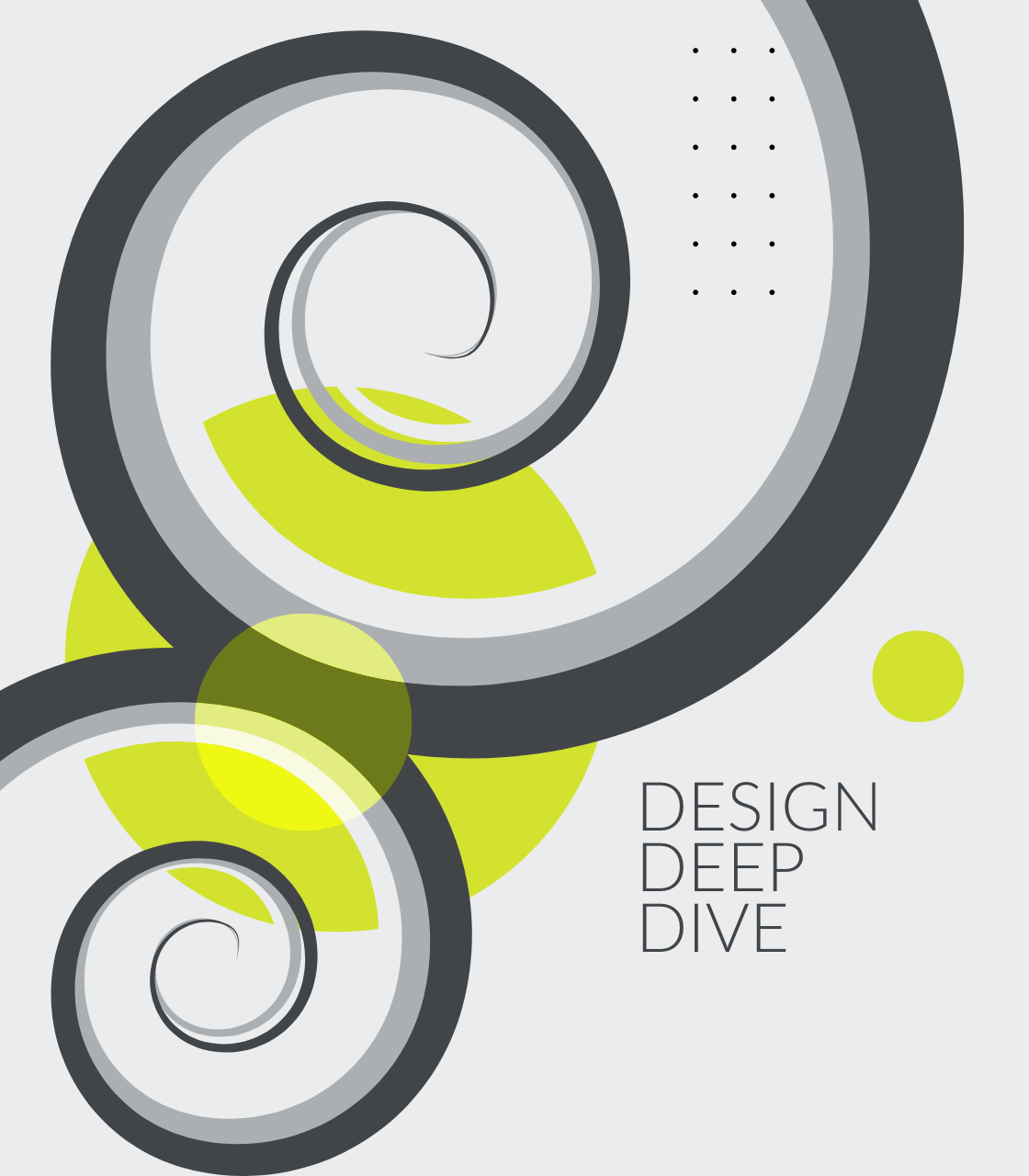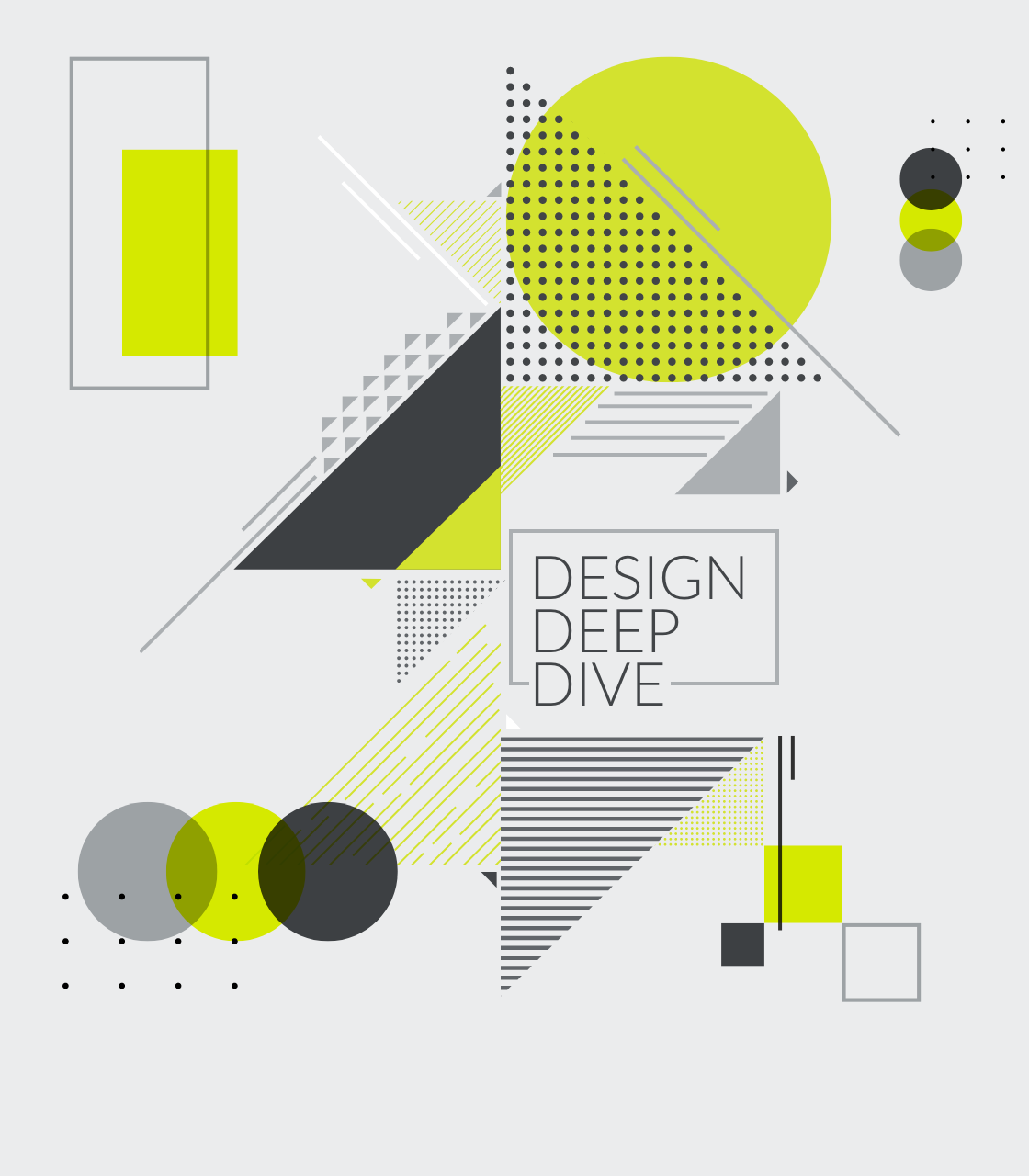
Buzz / 10 26, 2023
STRIKING A BALANCE IN DIGITAL PRODUCT DESIGN: GAMIFICATION VS USER GRATIFICATION
In the realm of digital product design, our ultimate goal is to create digital experiences that not only attract users but keep them engaged over the long haul, and to encourage specific behaviors.
Two strategies often discussed in this context are gamification and user gratification. In this article, we’ll dive into the distinctions between these approaches and explore why, as digital product designers, we should prioritize user gratification while recognizing that gamification can be a valuable tool when used thoughtfully.
Gamification: The Art of Transforming Interaction into Play
Gamification involves infusing game-like elements into non-gaming contexts, such as apps. The premise is simple: tap into the innate human drive for competition, achievement, and rewards.
While it sounds like fun, gamification should be used to drive user behaviors that align with business goals. It’s often perceived as a magic wand that can instantly boost user engagement. But as digital product designers, we must approach this trend with a discerning eye.
Points, Badges, and Leaderboards: Digital products can implement point systems, badges, and leaderboards to reward users for completing specific actions or reaching milestones. These virtual incentives create a sense of accomplishment and competition. Clients and stakeholders may request these features without considering their relevance. As digital product designers, we need to question whether these gamified elements genuinely align with the app’s purpose and user goals.
Challenges and Quests: Gamified apps present an opportunity to create challenges or quests that motivate users to undertake tasks and achieve goals within the app. These challenges can maintain user engagement and retention. As digital product designers, we need to question whether these gamified elements genuinely align with the app’s purpose and user goals.
Rewards and Prizes: The allure of rewards or prizes for in-app activities can be a powerful motivator. As digital product designers, we can craft these incentives to make users feel valued and appreciated. The promise of rewards can captivate clients, but are these rewards meaningful to users? Our role is to translate client desires into user-centered incentives.
Social Interaction: Gamified apps often leverage social interaction to encourage users to compete or collaborate with friends, fostering a sense of community. The urge to make an app social through gamification can be strong, but we should carefully weigh the benefits against potential privacy and user experience concerns.
While gamification can undoubtedly boost user engagement and app stickiness, it’s crucial to remember that it’s not the sole path to success.
User Gratification: Meeting User Expectations and Beyond
Now, let’s talk about user gratification—a concept that often takes a backseat to gamification but is profoundly attuned to users’ genuine needs. User gratification revolves around the idea of meeting users’ needs, desires, and expectations. It’s about creating a seamless, enjoyable, and valuable user experience. Here’s why digital product designers should embrace user gratification:
Usability and User-Centered Design: As digital product designers, we play a pivotal role in crafting user-centric designs that prioritize ease of navigation, intuitive interfaces, and clear instructions. A user-friendly experience is inherently gratifying. Prioritizing usability through intuitive interfaces and clear instructions is a fundamental aspect of user gratification. We ensure the app is a joy to use.
Content and Features Relevance: Digital product designers can shine by providing valuable, relevant content and features that cater to users’ needs. An app that solves problems or provides entertainment is inherently gratifying. Instead of chasing gamification trends, we focus on providing users with valuable, relevant content and features that genuinely address their needs.
Feedback and Communication: Thoughtful feedback mechanisms and effective communication within the app are fundamental. Digital product designers must ensure users receive clear feedback about their actions and that the app gracefully handles errors. Effective feedback mechanisms and transparent communication are at the core of user gratification. Users should feel heard and informed.
Performance and Speed: Speedy loading times and responsive performance are non-negotiable. Digital product designers should strive to eliminate lags and bugs that could frustrate users and deter stickiness. Speedy performance and responsiveness are non-negotiable. Users are gratified when the app functions seamlessly, without hiccups.
Instagram: A Masterclass in User Gratification
Instagram is an undeniable success story in the world of social media, and it stands out as a shining example of an app that prioritizes user gratification over heavy-handed gamification tactics. Here’s how Instagram achieves this feat:
Streamlined User Experience: From its inception, Instagram has placed a premium on simplicity and ease of use. The app’s clean and intuitive interface invites users to explore and engage effortlessly. When users open Instagram, they are greeted with a familiar and straightforward feed of photos and videos from people they follow. This simplicity makes the app approachable and instantly gratifying.
Visual Appeal: Instagram’s focus on visual content is a masterstroke of user gratification. Humans are inherently drawn to images, and Instagram capitalizes on this by offering a platform for sharing and discovering beautiful, meaningful, and sometimes awe-inspiring images. The visual gratification users derive from scrolling through their feeds and discovering visually captivating content keeps them coming back for more.
Social Validation: Instagram’s core features—likes and comments—are a source of immense user gratification. When users post a photo or video, they receive immediate feedback in the form of likes and comments from friends, family, and followers. This real-time social validation satisfies users’ inherent need for recognition and appreciation, making them feel valued and validated.
Discoverability and Engagement: Instagram’s Explore page and the use of hashtags make it easy for users to discover content that aligns with their interests. This fosters a sense of belonging and engagement within niche communities. Users are gratified by the ability to connect with like-minded individuals and discover content that resonates with them.
Stories and Live Features: Instagram continually innovates to cater to user needs and desires. Features like Stories and Live video not only offer new ways to engage but also provide authentic, in-the-moment interactions that gratify users’ cravings for real human connection.
Customization and Privacy: Instagram allows users to customize their profiles, curate their feeds, and manage privacy settings. This sense of control over their experience contributes to user gratification by tailoring the app to individual preferences and comfort levels.
No Over-Gamification: Instagram has notably avoided excessive gamification tactics. While it has introduced features like IGTV and Reels, they have been integrated seamlessly into the user experience rather than imposing an overwhelming game-like structure. This approach respects users’ intelligence and prioritizes content consumption and social interaction.
In essence, Instagram’s remarkable success lies in its commitment to providing users with a visually captivating, intuitive, and socially fulfilling experience. It fosters user gratification by addressing fundamental human needs—social validation, connection, and visual stimulation—without relying heavily on gamification.
Instagram’s enduring appeal illustrates that user-centric design and gratification can be potent drivers of app stickiness and user loyalty.
User-centric Success
Gamification, though often a client magnet, should be approached with caution and a focus on user-centric design. User gratification, achieved through usability, relevant content, transparent communication, and stellar performance, should be our guiding star.
Striking this balance can lead to apps that users genuinely appreciate and return to time and again. As digital product designers, it’s our responsibility to guide our clients and stakeholders toward user-centric success, even if it means steering them away from buzzwords.



